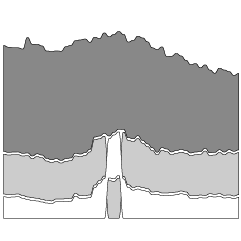Remember that TED talk from a couple of years ago on texting patterns to a crisis hotline? The TED talker Nancy Lublin proposed the analysis of these text messages to potentially help the individuals texting. Her group, the Crisis Text Line, plans to release anonymized aggregates in the coming months.
Ms. Lublin said texts also provided real-time information that showed patterns for people in crisis.
Crisis Text Line’s data, she said, suggests that children with eating disorders seek help more often Sunday through Tuesday, that self-cutters do not wait until after school to hurt themselves, and that depression is reported three times as much in El Paso as in Chicago.
This spring, Crisis Text Line intends to make the aggregate data available to the public. “My dream,” Ms. Lublin said, “is that public health officials will use this data and tailor public policy solutions around it.”
Keeping an eye on this.

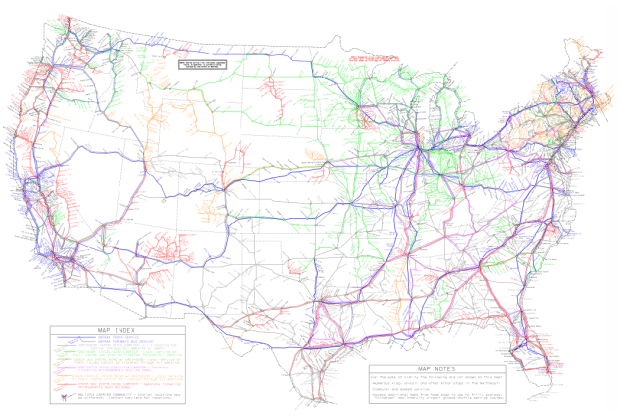


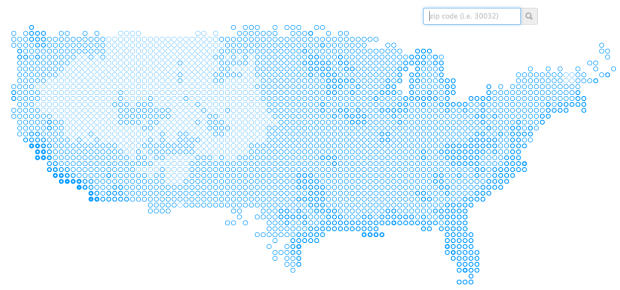
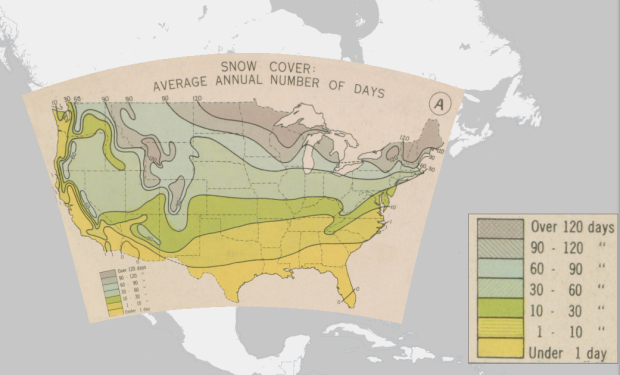
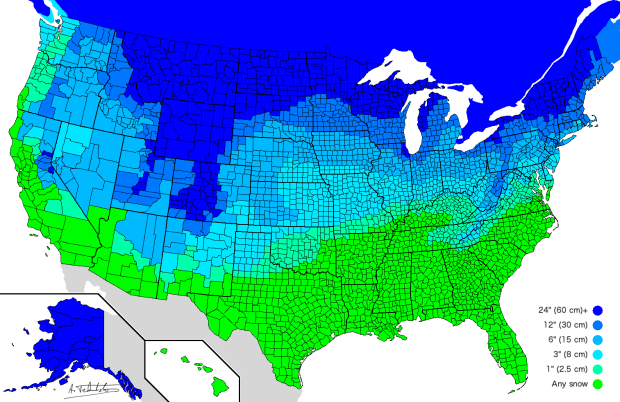
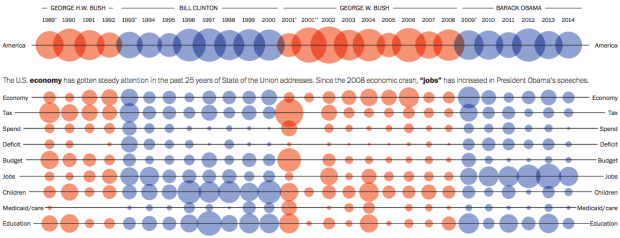


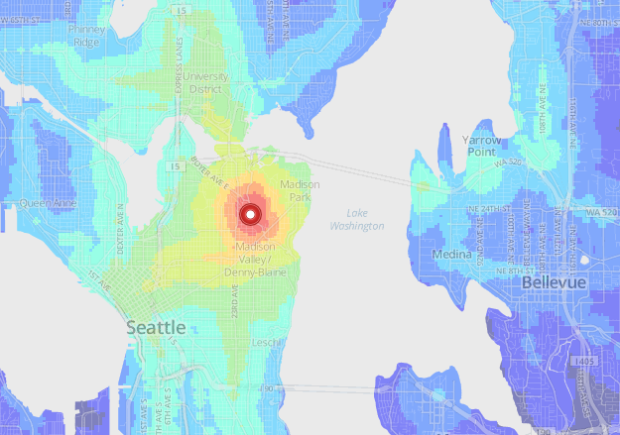
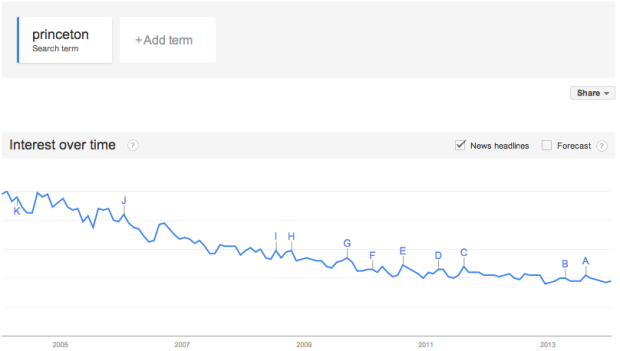
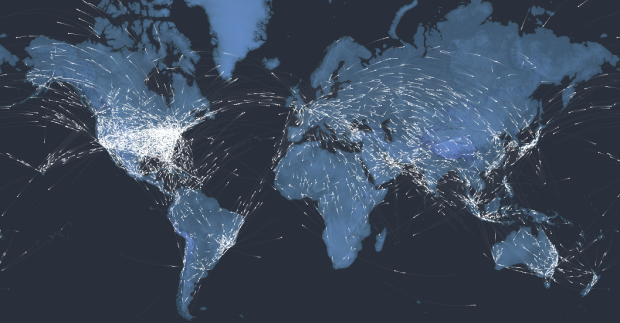
 Visualize This: The FlowingData Guide to Design, Visualization, and Statistics (2nd Edition)
Visualize This: The FlowingData Guide to Design, Visualization, and Statistics (2nd Edition)




